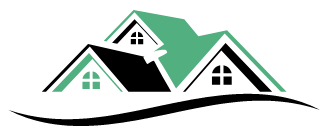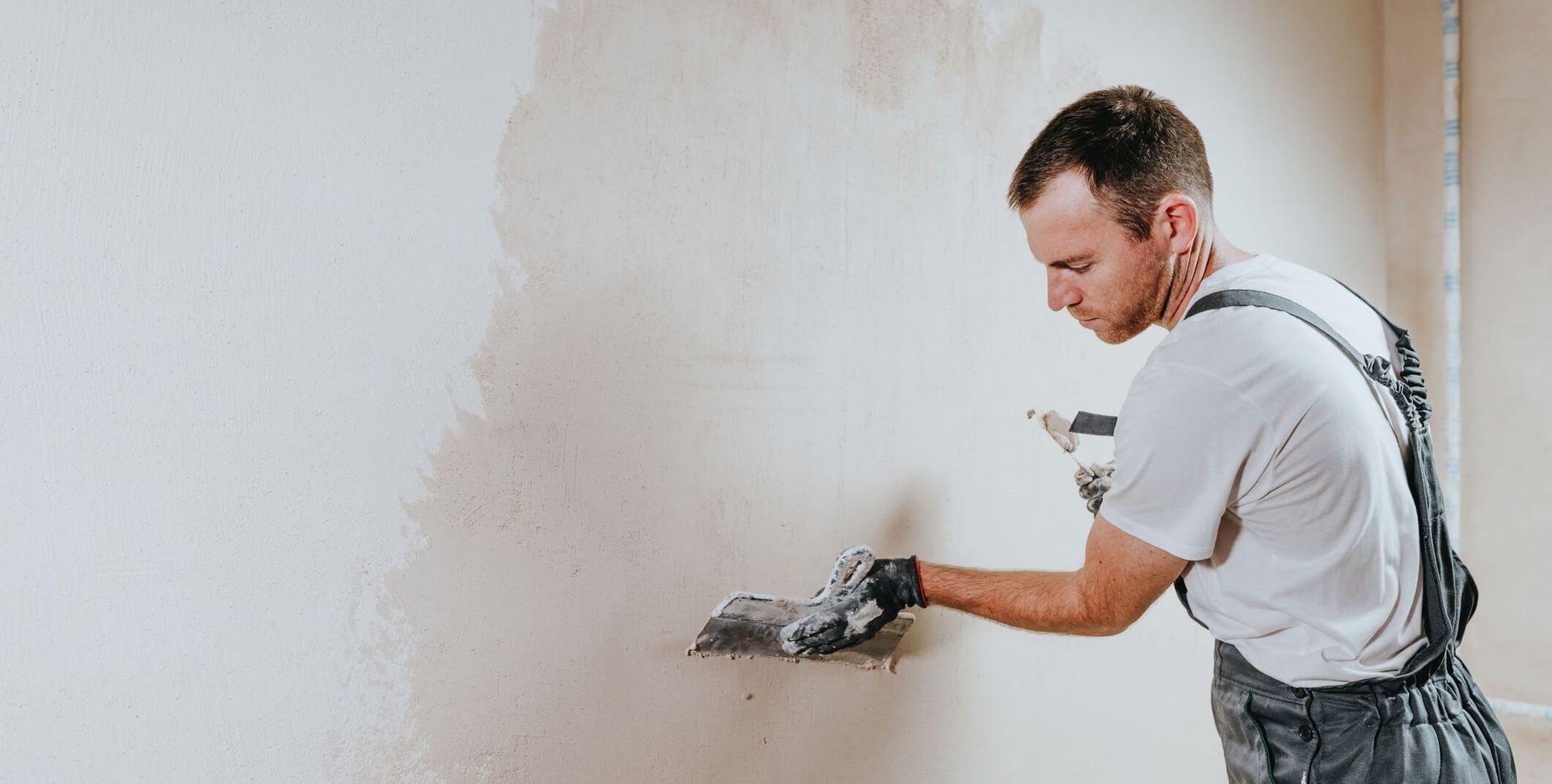Wall Texture Services in Lakewood, Colorado
The tapering, layering, and finishing is complete; what’s next? There’s one final step you can do before marking your drywall project as finished, and that is choosing a wall texture.
Whether you’re looking for a textured ceiling or wall, there are many options you can currently choose from. Overall, having a drywall texture at home may add an extra touch of style and personality to your home.
Even if you’re not looking for a modern ceiling texture (or any particular sheetrock texture in general), you could also opt for textured wall paint, which involves an extra painting job for those who want to take their project one step further.
Our wall texture designing team at Lakewood Drywall Squad is eager to work with your home and come up with the best wall texture ideas for you. We know that each home is unique and should represent the owner. If you’re unsure of what type of plaster texture is good for your property, you may consider giving us a call or filling out our contact form.
Let’s take a look at everything our team can do for you!
Wall Texturing Types
As mentioned earlier, there are different ceiling textures you can choose from; the same goes for your walls. Regardless of the plaster wall texture that you decide to go with, we’re positive we can give you a hand and create the room of your dreams!
Here’s an overview of the most popular drywall ceiling texture and wall texture options you can currently opt for:
Knockdown Texture
A knockdown ceiling (or knock-down ceiling) is one of the most commonly requested texture types among customers. Overall, it involves applying a texture on the wall or ceiling, and then dragging a knife or wall/ceiling texture roller over it, causing the “texture.”
One of the most remarkable things about the knockdown ceiling texture or wall texture is that it looks subtle yet elegant in homes. If you don’t want to go over the top with your texturing job, knockdown can be a good choice to consider.
Moreover, knockdown textures also include different variations, such as the California knockdown ceiling and wall or Santa Fe knockdown texture.
Orange Peel Texture
An orange peel ceiling or wall involves leaving small splatters on the surface. This kind of texture is mostly used as a bedroom wall texture or a living room texture. Keep in mind the orange peel texture is one of the subtlest textures you can get for your home, so if you don’t want to go overboard with your texture, this may be a decent option to consider.
Regarding orange peel, most companies offer to work with three different types of “orange peel,” including fine/subtle, medium, and heavy.
Popcorn Texture
Popcorn walls and ceilings were mostly popular in the 50s. The name comes from the “popcorn-like” look that it leaves on the walls and ceilings. Many homeowners go for this texture because it’s cheap and easy to install, as well as an excellent option for those who want to increase noise dampening.
However, popcorn textures are challenging to maintain, so if you’re going to go for this one, make sure you assess everything that comes with it and that you install it with the right people.
Stucco Texture
Stucco is made from sand, Portland cement, water, and lime. Some homeowners go for a stucco wall texture or ceiling texture when they want to add an extra coat of paint to the property. There are many variations regarding stucco, and it’s definitely not a subtle texture.
Still, stucco can provide an excellent look to your home if installed properly. You may talk to our professionals if you’re assessing several options.
Other Texture Services
Some other vital texturing services we offer include:
Textured Ceiling Repair
Textured ceilings and walls need frequent maintenance to keep their properties; if you don’t, you could be exposed to water problems, holes, cracks, and more. We can help you fix any issue in record time.
Removing Texture from Ceilings
If you want to remove your textured walls or ceilings to apply other types of texture or to keep a smooth finish, we can also help you with that. Once you tell us what you want, we’ll get right to work.
What Is the Average Cost of Texturing Drywall?
There’s no exact cost for texturing jobs involving plasterboard since it depends on several factors. These factors include:
- Length of the project
- Size of the room
- Workers’ fees
- Materials used
- Additional services (insulation, removal, etc.)
Wall Texture FAQs
Our Frequently Asked Questions
Contact Our Wall Texture Experts Today!
Spraying texture on a ceiling or wall isn’t easy by any means. Doing this job incorrectly could lead to severe problems with your internal structure, which may warrant more money from you in the future. Our wide range of wall texture services can help with whatever upgrades or repairs you have in mind.
If you’re looking for professionals to complete this job, you can count on the team at
Lakewood Drywall Squad! Contact us today by phone or by filling out our contact form.




